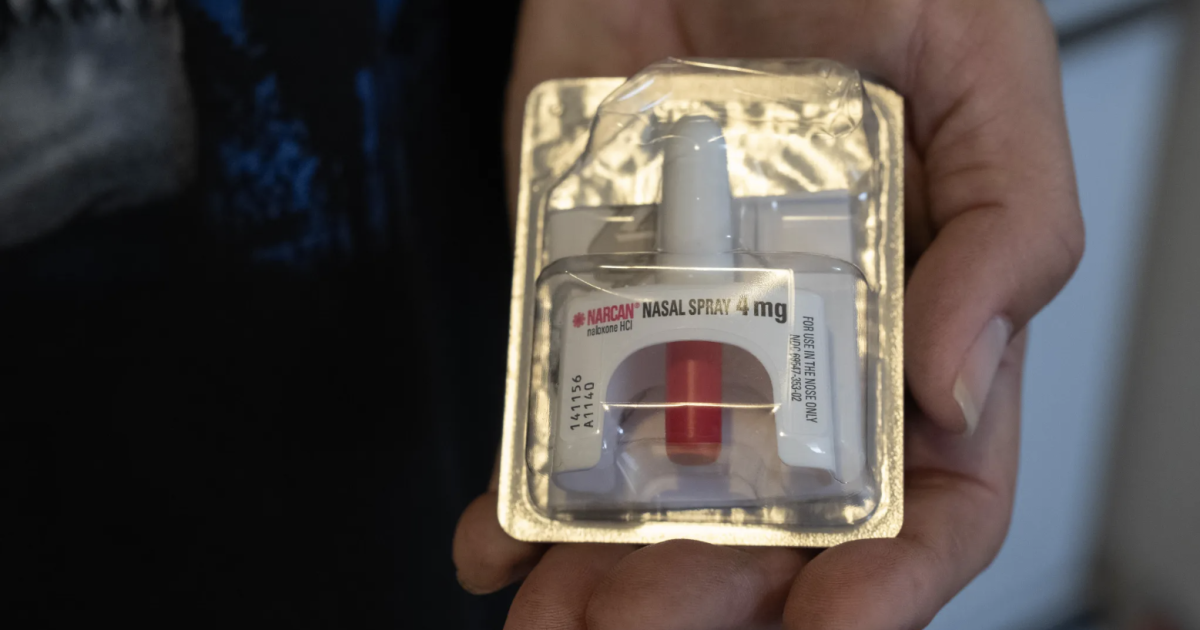LA County Sees Drop in Overdose Deaths, But Fentanyl Crisis Remains a Serious Threat

Los Angeles County has witnessed a welcome decline in fatal overdoses last year, according to recent reports from health officials. However, the situation remains concerning, with 1,263 deaths still attributed to overdoses, a significant portion linked to fentanyl. This decrease offers a glimmer of hope amidst an ongoing public health crisis, but continued vigilance and proactive measures are crucial.
The Numbers: A Step in the Right Direction
While specific figures for prior years weren't immediately available, the drop in overdose fatalities indicates potential progress in addressing the opioid epidemic plaguing the region. The decline is being cautiously celebrated by public health experts who have been working tirelessly to combat the crisis.
Fentanyl's Deadly Grip
Despite the overall decrease, fentanyl remains a primary driver of overdose deaths. A staggering number of the 1,263 fatalities involved fentanyl, highlighting the drug's potency and the dangers of unknowingly consuming it. The issue is compounded by the prevalence of counterfeit pills, often laced with fentanyl, which are deceptively marketed as other medications.
Unintentional Poisoning: A Major Factor
A significant portion of these fentanyl-related deaths are attributed to unintentional poisonings. Individuals are unknowingly consuming pills or drugs that contain fentanyl, often believing they are taking something else entirely. This underscores the critical need for increased awareness and education regarding the risks associated with illicit drugs.
Why is this happening?
The proliferation of fentanyl in the illegal drug supply is a major factor. Fentanyl is significantly more potent than morphine, and even a tiny amount can be fatal. Drug dealers often mix fentanyl into other drugs, such as heroin, cocaine, and counterfeit pills, without the user's knowledge. This practice dramatically increases the risk of accidental overdose.
What's Being Done?
Health officials in Los Angeles County are implementing a range of strategies to address the crisis, including:
- Increased Public Awareness Campaigns: Educating the public about the dangers of fentanyl and counterfeit pills.
- Expanded Access to Naloxone: Naloxone, also known as Narcan, is a life-saving medication that can reverse opioid overdoses. Efforts are underway to make naloxone more readily available to first responders, community organizations, and individuals at risk.
- Harm Reduction Services: Providing services such as syringe exchange programs and safe consumption sites to reduce the spread of disease and prevent overdoses.
- Law Enforcement Efforts: Targeting drug trafficking organizations and disrupting the supply of fentanyl.
Looking Ahead
The decline in overdose deaths is encouraging, but it's essential to remain vigilant. The fentanyl crisis is far from over, and continued efforts are needed to prevent future tragedies. A multi-faceted approach involving public health initiatives, law enforcement, and community engagement is crucial to protecting the health and safety of Los Angeles County residents.
For more information and resources, please visit the Los Angeles County Department of Public Health website.






